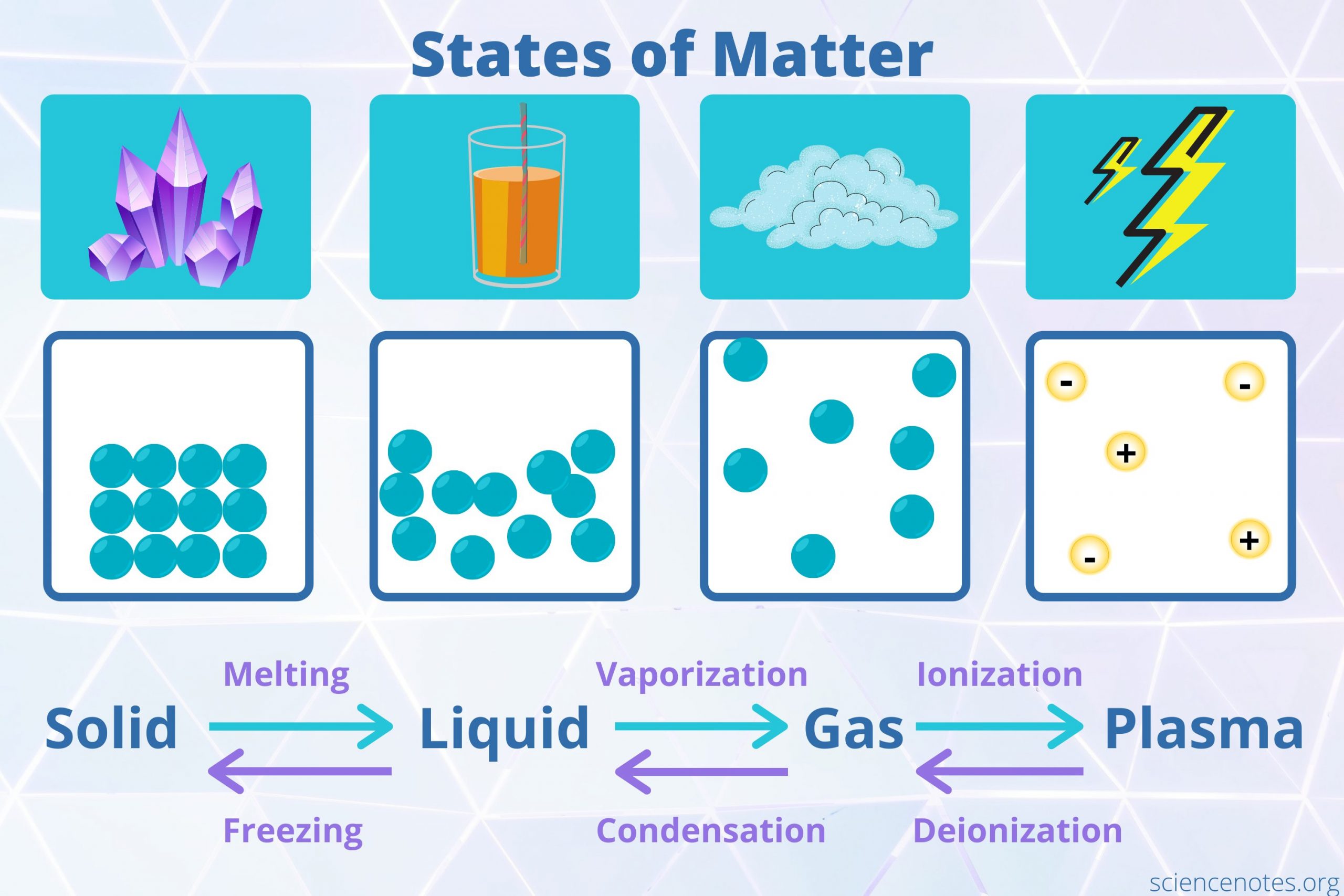When we think about the essence of the universe, the common perception centers predominantly around atoms. Yet, the world of matter is more intricate and nuanced, encompassing forms of existence that do not conform to this fundamental building block. In contemplating what matter is not made of atoms, we delve into a realm defined by the interplay of energy, waves, and subatomic phenomena that intrigue the scientific community and beckon further exploration.
To commence our exploration, it is critical to define what we mean by the term “matter.” Matter is often synonymous with substance, particularly in the context of its tangible forms. It is usually characterized by mass and occupancy of space. However, atomic theory posits that matter, at its most basic level, consists of atoms, which themselves are made up of electrons, protons, and neutrons. This atomic paradigm has dominated scientific thought for centuries. Yet, certain phenomena and states exist that challenge this conventional wisdom.
One of the most captivating areas of study is that of plasma. Although plasma is composed of ions and electrons — constituents found in atoms — it primarily exists in a state of matter distinct from the everyday solids, liquids, and gases that we encounter. In this fourth state, the electrons are not bound to individual atoms but rove freely, imparting plasma with unique properties. Thus, it can be said that while plasma has atomic origins, it transcends conventional atomic matter in its structure and behavior.
Beyond plasma, another intriguing category is that of dark matter. This hypothetical form of matter comprises approximately 27% of the universe but eludes direct detection. Dark matter does not emit light or energy, making it invisible and detectable only through its gravitational effects. Its existence suggests that the cosmos could potentially be filled with entities that do not participate in atomic interactions or share the same properties as atomic matter. Dark matter’s elusive nature piques the curiosity of physicists, as it demands a profound shift in our understanding of the universe’s composition.
Another consideration is the vacuum of space, which is often overlooked in discussions of matter. While a vacuum is by definition devoid of matter in the traditional sense, it is not entirely empty; it possesses energy fluctuations due to the principles of quantum mechanics. The concept of quantum fields emerges here, where particles manifest as excitations in these fields. This revelation leads us to ponder the fundamental nature of reality: can a vacuum, rich with potential and energy, be considered a form of matter, despite lacking atomistic structures?
Equally fascinating are antimatter and exotic matter. Antimatter is comprised of antiparticles, the counterponents to ordinary particles. When a particle of matter meets its antimatter counterpart, they annihilate each other, converting their mass into energy, as per Einstein’s equation, E=mc². While antimatter interacts with matter at a quantum level, it does so without atom-like properties in the classical sense. Exotic matter, on the other hand, includes theoretical substances that exhibit unconventional properties, such as negative mass or unusual stability. Both antimatter and exotic forms invite us to rethink the very definitions we ascribe to matter.
Furthermore, the domain of collapsar matter, originating from the remnants of massive stars that have undergone supernova explosions, presents yet another paradigm. These massive objects, like neutron stars, are composed primarily of neutrons, defying the atomic configuration found in more familiar forms. Additionally, when investigating the theory of cosmological inflation, there are instances where certain quantum fields manifest in a way that does not correspond to standard atomic matter. This illustrates that reality consists of layers that challenge ordinary matter’s atomic foundation.
Examining the realm of phenomena and states beyond atomic matter invites profound inquiries into the very fabric of the universe. Consider the philosophical reflections provoked by the existence of such entities. They challenge our simplistic categorizations, leading to a realization that definitions of matter are not merely static but evolve alongside our expanding scientific understanding. As researchers probe the mysteries of dark energy and the quantum foam of spacetime, we are beckoned to entertain notions that defy traditional interpretations and provoke philosophical dialogues concerning existence itself.
In summary, our exploration into what matter is not made up of atoms has unveiled a captivating tapestry woven from the complexity of the universe. From plasma and dark matter to the insights gleaned from quantum mechanics, the multiplicity of forms that matter can take compels us to rethink our perspectives. The engagement with exotic matter and the implications of cosmic anomalies not only enriches our scientific knowledge but also stimulates curiosity about the fundamental nature of reality. Ultimately, the investigation into these non-atomic forms of matter expands our horizon, inviting a richer understanding of existence itself, one that transcends the simple confines of atomic theory.












